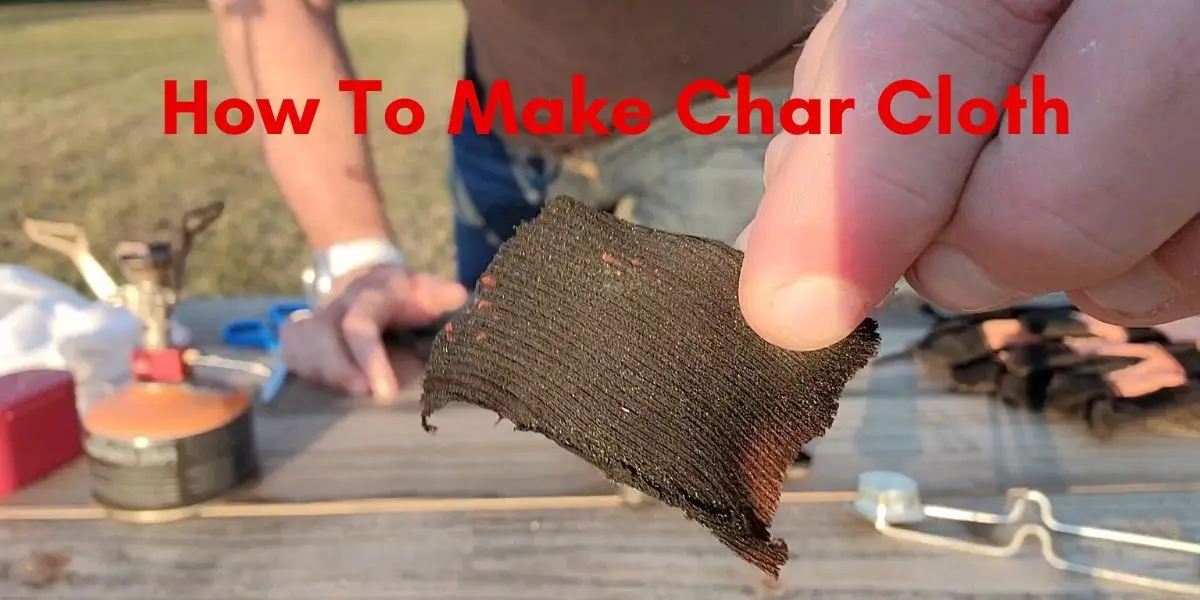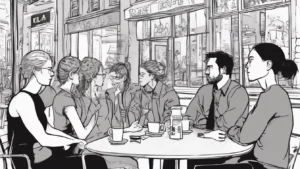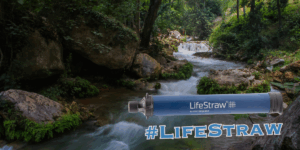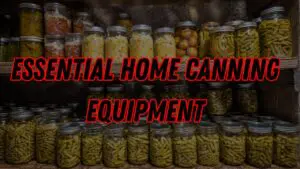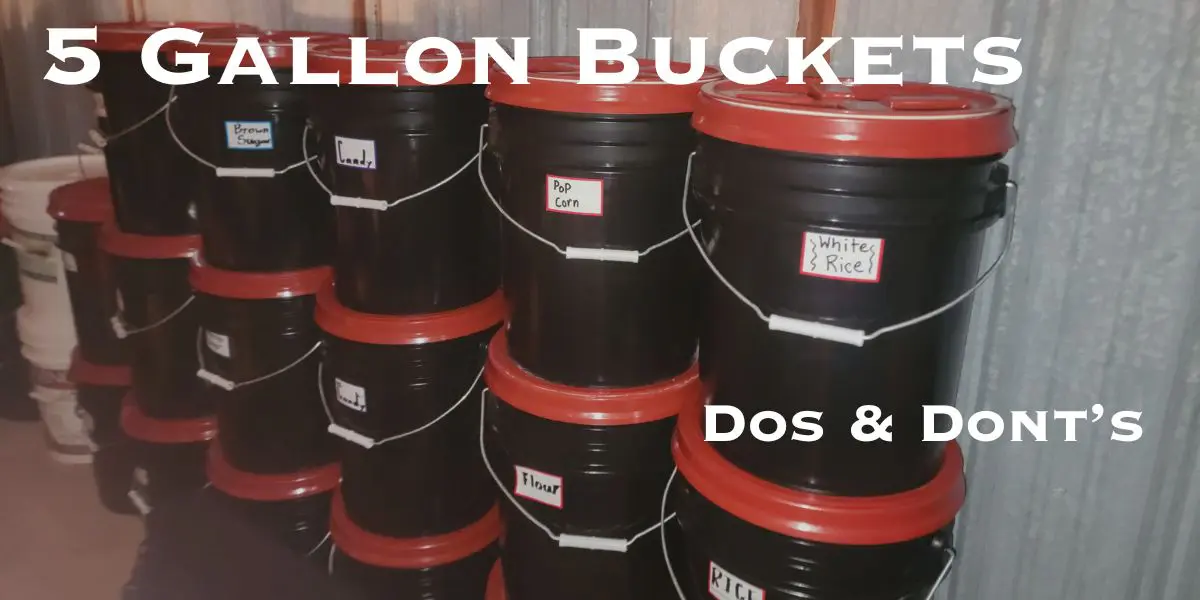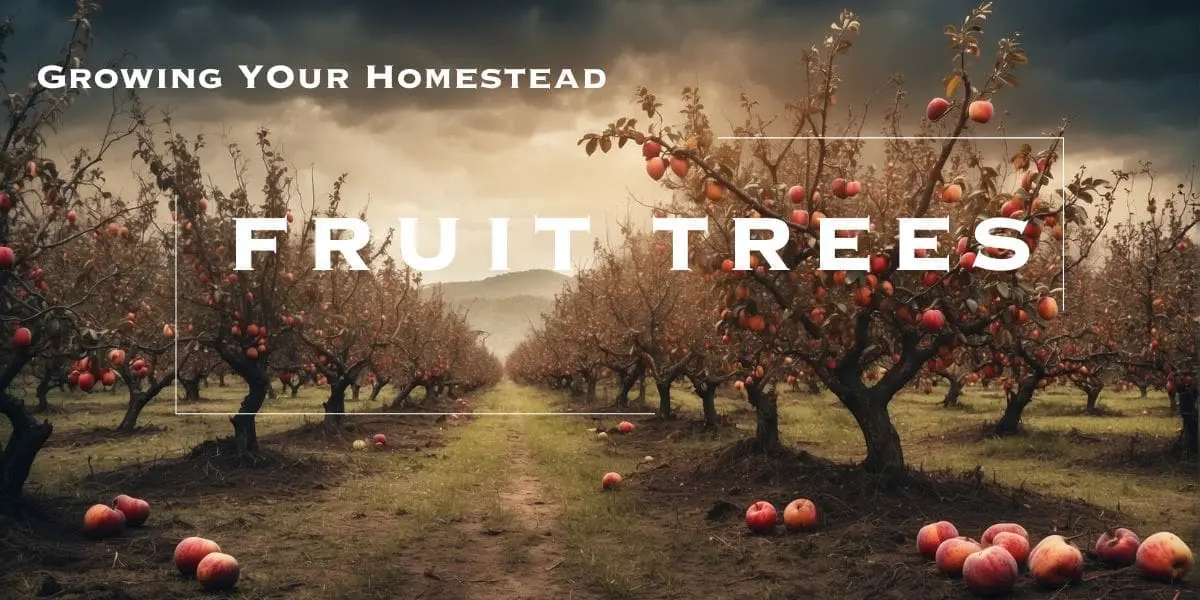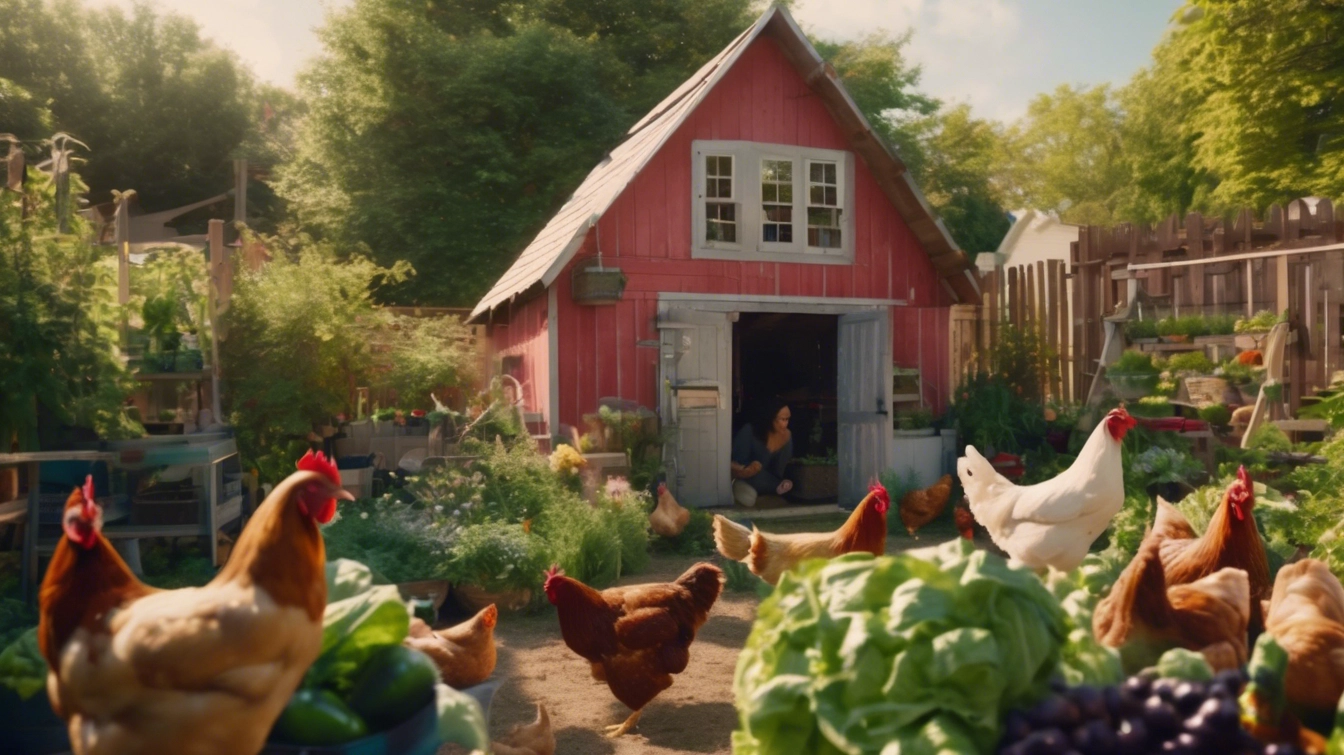A Quick History On Char Cloth
Char cloth has been used for centuries to aid in the creation of fire. Some of the earliest records of its use date all the way back to a Ninjitsu manual written in the 1500’s by Hattori Hanzo. In the manual he describes how to create it by using cotton, silk, or paper as your initial material. Over time it has caught on and become a cherished, cheap, and excellent resource in firecraft.
So What Is Char Cloth?
I find char cloth interesting and unique in that it kind of falls between typical fire stages. It’s not an actual heat source, until you light it with one. I don’t really consider it a tinder either. Though some may disagree. I instead see it as an in between stage, an ember extender if you will. It can be used in any type of fire creation, but is extremely helpful in primitive fire building. Especially if you’re using the flint and stone technique. Char cloth is highly reactive and will catch the smallest of sparks and embers allowing the crafter to catch their tinder bundle and nurse a suitable fire for the occasion.
What is Char Cloth Made Of?
Char cloth is made from natural material. Cotton is one of the most common choices and an excellent one to use. The organic material is charred through a heating process which leaves them in a charcoal state appropriate for fire making.
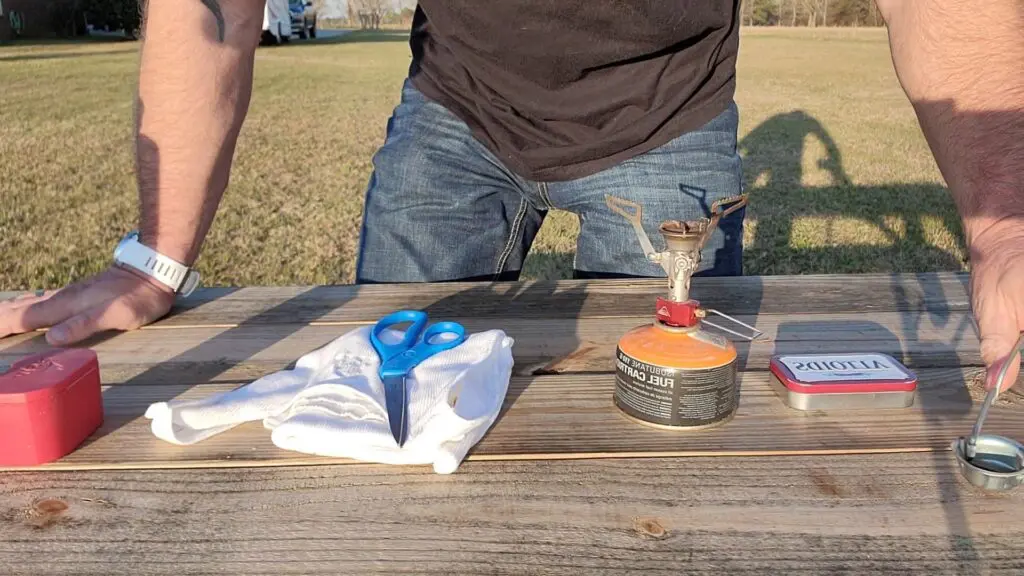
What Do You Need To Make Char Cloth?
Making char cloth is actually a simple process and requires very little to complete. You’ll need some natural material such as cotton, silk, paper, etc…you can even use cotton balls if you like. Personally, I generally just grab an old cotton T-shirt and cut it up. Additionally, you’ll need a small tin (though you could certainly use larger. The most common type is an Altoids can with a hole or two punched in it. While you can typically get away without punching the small holes in it you run the risk of the smoke not being able to vent quick enough and pressure causing the can to pop open. You don’t want that, so just pop some small holes in it. Finally, you need a heat source. You can use a fire pit, grill, gas burner etc.. That’s it. That’s all you need to create this awesome little fire helper.
The Process for Creating Char Cloth
We’ve kind of already covered it, but let me put it out in number form for summary purposes.
1. Cut up natural material into small squares that fit in your tin
2. Loosely pack the material in the tin. Don’t pack it too tight or it may not char all the way.
3. Place the tin into the heat and leave for about 15-30 minutes
4. Pull the tin from the heat and let cool down
5. Open and inspect/test your char cloth.
That’s it!!
Troubleshooting your Char Cloth
-If not all of the cloth charred you may have packed it too tight or didn’t leave it on long enough. Just put it back on for longer.
– If you have ashes or it is too brittle you may have left it on too long, or it may have caught fire in the tin. You have to start over here. If it is a continuing problem you may have your pin holes too large.
Caring For Your Char Cloth
Char Cloth is a charcolized (I probably made that word up) fabric, and as such is relatively brittle so you want to handle it with care. Most of all you certainly want to avoid moisture with it as it will completely ruin it. I generally stick mine in a ziplock container or some other waterproof kit. You can leave it in the tin for extra protection or transfer it to a small waterproof bottle or box. Bottom line you just want to protect it from being rubber too hard and abrading away or getting wet.
Conclussion
I hope you enjoyed this article on how to make char cloth and wish you the best as you make your own. Do you have a different technique or some tips on it? Let us know in the comments below.

